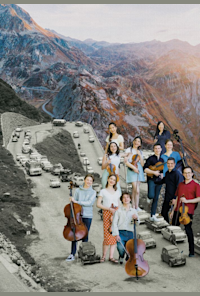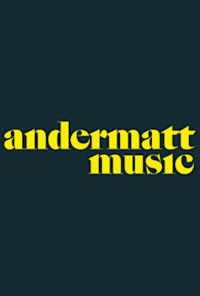

LGT young soloists - chamber orchestra
Condividi
Andermatt Music (2024)Informazioni dall'organizzazione artistica (verificate da Operabase)
28 giugno 2024 (1 rappresentazioni)
Visita il sito webLGT young soloists - chamber orchestra by Beethoven, Popper, D., Bruch, De Sarasate, Piazzolla, Da (2024/2024), Andermatt Concert Hall, Andermatt, Svizzera
Seleziona LavoroSonata No. 9 in A major op. 47, “Kreutzer”, (arr. for violin and strings), Beethoven
Produttore
Ensemble
Orchestra

LGT Young Soloists
Ulteriori informazioni sul compositore
